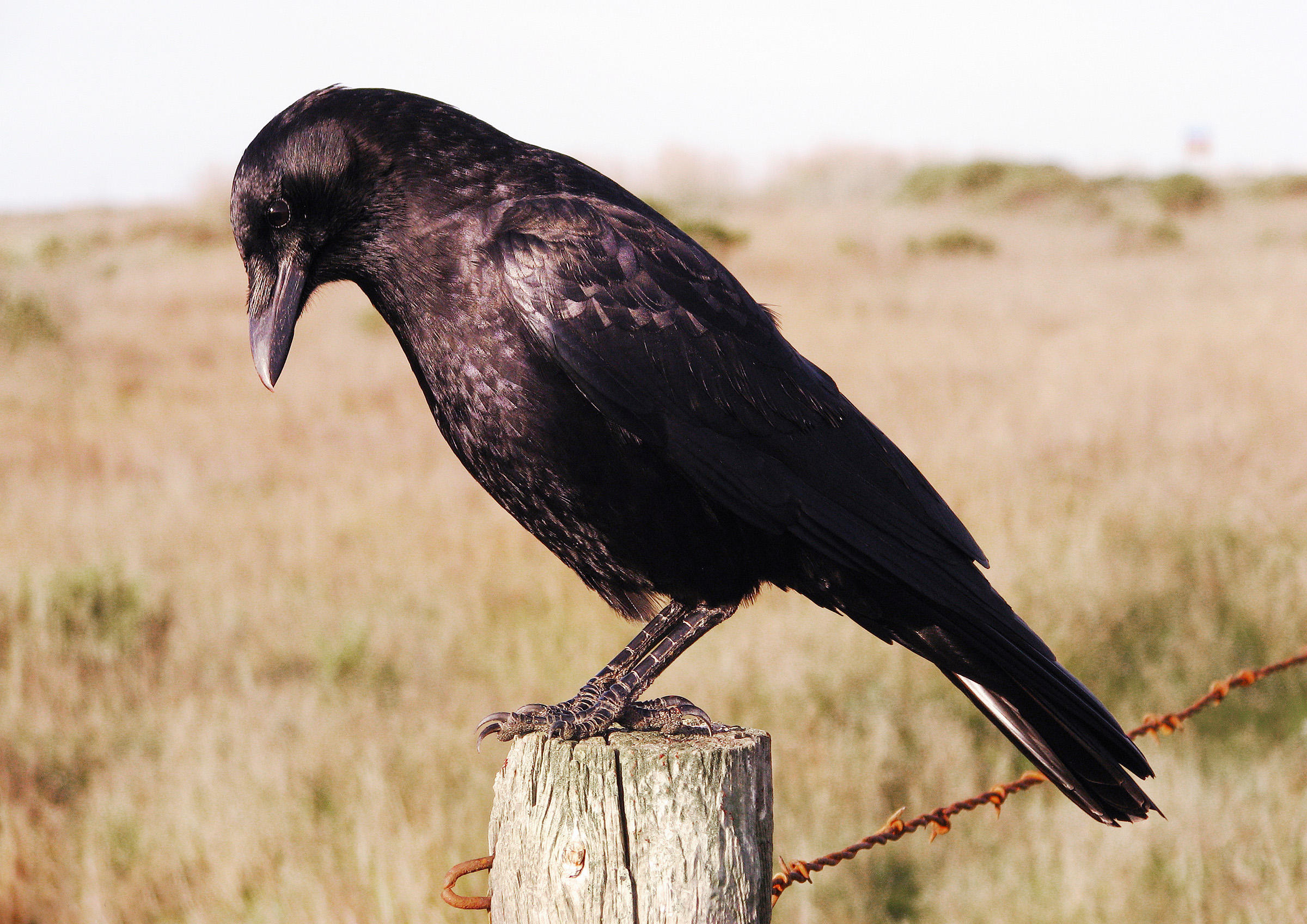
New research has shed light on the mystery of ‘crow funerals’ in which crows gather in large numbers to seemingly mourn their dead; it appears that the birds are learning about danger from the fate of their less fortunate brethren.
Crows are one of just a handful of species, along with African elephants, bottlenose dolphins and chimpanzees, which have been observed to congregate around deceased members of their species, but the reasons why they do so have remained unclear until recently.
Kaeli Swift, corvid researcher at the University of Washington, set out to solve the puzzle by recording the behaviour of a population of American wild crows (Corvus brachyrhynchos) in various scenarios involving either a crow corpse or a hawk—a well-known crow predator.
Previous research led by Ms Swift’s colleague Dr John Marzluff has suggested that crows have the ability to recognise human faces, so she also wanted to investigate the evolutionary purpose of this skill.
She began by feeding a territorial pair of crows each day to measure the average time it took them to approach food. Next, she introduced a ‘dangerous person’ in the form of a masked volunteer who would either stand holding a stuffed dead crow, stand beside a lifelike stuffed hawk or appear with both creatures.

In all three scenarios, the first crow on the scene would sound a distress call, typically attracting a crowd of five to 11 additional birds, who would scold and mob the volunteer. However, the response was strongest in the presence of both the crow carcass and the hawk, suggesting that the familiar context added to the crows’ sense of alarm.
Yet, it was the birds’ subsequent behaviour that was truly astounding. On the following three days, they took 15 to 30 minutes longer to approach food, and continued to mob and scold the masked person whenever they returned to the spot, even up to six weeks later.
‘It’s incredibly cool to me that crows cannot only learn new predators based on their proximity to dead crows but to… [also] remember them for so long,’ said Ms Swift. ‘It’s really amazing; crows are likely learning and remembering an incredible number of humans faces over their lifetime.’

The findings, according to Ms Swift, clearly indicate that crows fear death, that they learn from the sight of their dead kin to be alert to dangerous places and individuals and that they share this knowledge with their neighbours.
‘We define fear as a motivation state aroused by specific stimuli that trigger defensive behaviour(s). Seeing a dead crow and then recruiting others to mob fits this description. By recruiting other birds to the area, the crows were communicating the risk of danger to others,’ she added.
